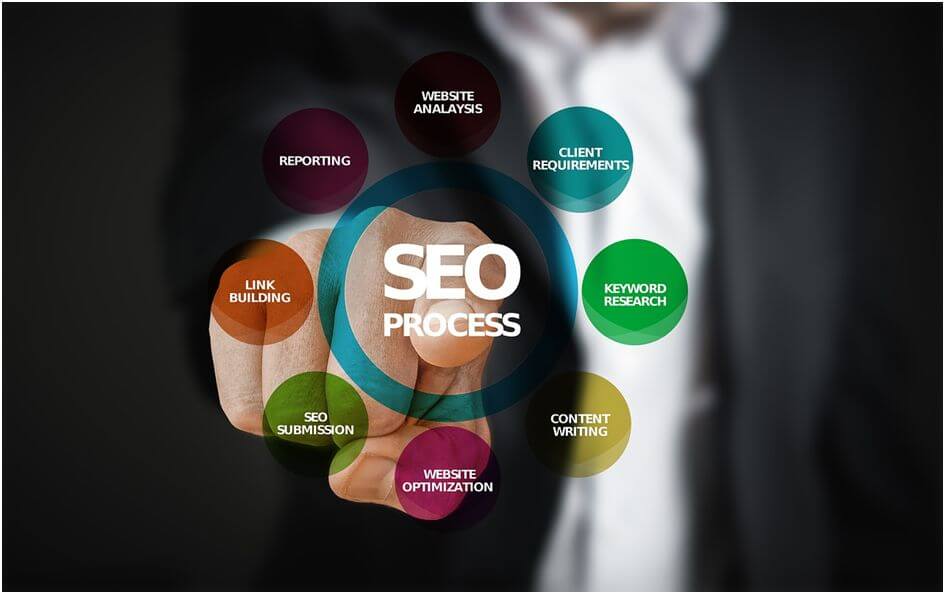
Source: Pixabay.com
You are on the verge of launching a new website. There’s palpable excitement as you imagine the possibilities. Everything feels picture perfect. The design looks excellent, the calls-to-action are catchy and bold, and the content is powerfully engaging. But is that all you need? Not quite.
The online ecosystem shares a lot in common with the real world. If you run a brick-and-mortar business and launch a product that’s far better than the competition but don’t let the world know about it, who’ll buy? The same principle applies to the Internet.
The overwhelming majority of Internet users navigate the web using the Google Search engine. Nearly all websites get the bulk of their visitor traffic from Google Search results. That’s why search engine optimization (SEO) is so vital in ensuring your site is ready for prime time.
SEO is a broad subject. We’ll focus on the three steps that are a must-have on any website’s SEO checklist.
1. SERP Research
SEO is about getting your website ranked among the first Google Search Engine Results Pages (SERPs). When someone searches for something on Google, they’ll be presented with thousands or millions of results that span tens of results pages. Few people will have the time, patience or interest to go past the second or third page of the results.
So before you do anything else, start by searching for the keywords and phrases that best define your website, your product or your cause. Pay close attention to the results that appear on the first page. These are the websites Google currently considers the most relevant and authoritative for that keyword or phrase.
Open each of these first results and take note of the content and layout. This should be a guide on how your own website should look like. The results can also give you an idea of gaps that your website could potentially fill. There may be a keyword phrase that no current webpage correctly or comprehensively responds to. You can create a page that occupies this gap thus quickly appearing among the first results.
2. Keyword Research
One thing you’ll discover during SERP research is that some of the keywords draw in billions or hundreds of millions of results. Building your SEO plan around such highly competitive keywords will require enormous time, effort and financial resources to push your site even into the top 100 results.
Keyword research will help you zero in on words that are relatively popular but where you don’t face insurmountable competition. These will often be long-tail keywords (a string of two or more words) that give you much better odds of quickly getting on the first couple of results pages.
There are numerous tools you could use for keyword research but you should resist the urge to base your research on automated tools. Instead, think about who your target audience is. What’s the typical profile of the person you expect to be looking for the content you have on your website?
Profile here relates to an individual’s location, income, education, profession, age brackets, needs, interests, relationship status and more. Next, take a look at the kind of phrasing your audience uses when searching for your type of content or product. Finally, identify the specific word strings they are likely to use.
3. Relevant Content

Source: Pixabay.com
Content is at the core of your website. Ultimately, nature, quality, structure, and coherence of your content will have the biggest impact on your search ranking. Long form content is viewed particularly favorably by Google’s web crawlers.
There’s no universally agreed length for content to be classified as the long form. The unstated rule is that it should be at least 1,500 words long although many SEO experts consider a minimum of 2,000 words to be the sweet spot. Pingdom is one of the better performance monitoring tool to use to make sure your chosen long form length is working.
From a human reader’s perspective, long posts may feel counterintuitive given the average person’s short attention span. However, long posts are better for SEO. Longer posts are more likely to be linked to and therefore be considered authoritative.
But length alone will not cut it. The quality of the text is vital. Remember, Google keeps tabs on how long visitors spend on your page. If visitors are leaving shortly after they arrive, it’s a sign that your long form content isn’t relevant or reliable. Your website could end up being penalized and pushed further down the SERPs.
SEO is hard work and doesn’t deliver success overnight. But as long as you do your groundwork and are persistent, the benefits are well worth the effort.
Chris Mcdonald has been the lead news writer at complete connection. His passion for helping people in all aspects of online marketing flows through in the expert industry coverage he provides. Chris is also an author of tech blog Area19delegate. He likes spending his time with family, studying martial arts and plucking fat bass guitar strings.